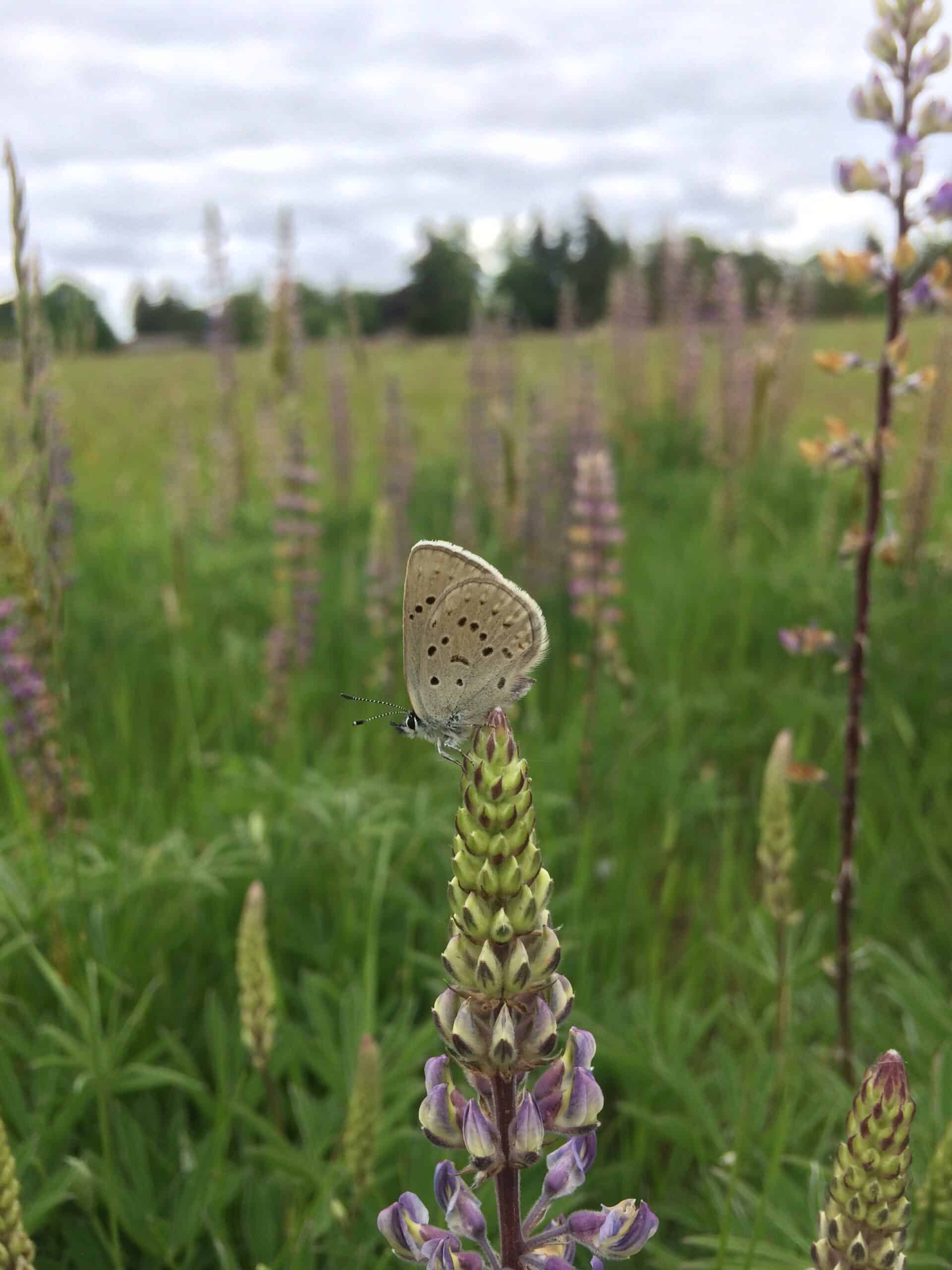Share this article
Smaller-ranged species more vulnerable to disruptions in their food source
The smaller a species’ range, the pickier they are in terms of food sources, according to a new study on hummingbirds in the Americas.
These findings mean that species that already face an elevated threat from habitat destruction or climate change could also be more vulnerable to disruptions in their food source than species with more general tastes.
“They’re even more vulnerable than you would think based on range sizes,” said Bo Dalsgaard, an assistant professor at the Center for Macroecology, Evolution and Climate at the University of Copenhagen and the senior author of a new study published in the Proceedings of the Royal Society B. “They’re also vulnerable in terms of food specialization.”
Conservationists have long focused attention on species with small ranges in the belief that such wildlife will have more difficulty adapting to change when climate change, humans, or invasive species encroach on their habitats than species with large ranges.
But this research shows that these species may be doubly vulnerable since these smaller-ranging species also tend to have a more specialized diet. This focus on fewer food sources means that these species are also vulnerable to food loss in these areas.
Dalsgaard and the other authors conducted a review of 46 different hummingbird communities and what kinds of nectar food plants they visited from the northern part of the United States down to Brazil. More than 30 scientists were involved in the project. The study looked at 130 different species of the tiny birds, which represents around 40 percent of all hummingbird species in the world.
Through the course of their studies the researchers found species such as the rufous hummingbird (Selasphorus rufus) and calliope hummingbird (Selasphorus calliope), which both have very large ranges in the U.S., are rather unpicky in their food choice, using a wide variety of food choices.
Other species including the volcano hummingbird (Selasphorus flammula), the white-bellied mountain-gem (Lampornis hemileucus) and fiery-throated hummingbird (Panterpe insignis) have ranges of around 40,000 square kilometers and live only in Costa Rica and western Panama. These species specialize their feeding habits on particular nectar plants such as Centropogon valerii, Fuchsia microphylla, and Castilleja irasuensis.
“Using hummingbirds as an example, we have demonstrated a distinct pattern for ecological specialization across a large geographical space,” said Jesper Sonne, a graduate student from the University of Copenhagen and the lead author of the study, in a release. “No matter where we look across the Americas it holds true that high food specialization in a community is linked to a high proportion of smaller-ranged species.”
He said that the explanation for this could be that stable climate over a long period of time is the cause for small ranges and high specializations. “Patterns like these help us explain and understand biodiversity on a large scale.”
Dalsgaard said that the findings suggest that these species are particularly vulnerable to climate change and other human-caused disturbance as a result.
“The flowers depend on the hummingbirds for pollination and for reproduction. And on the other hand, the hummingbirds depend on the plants for food,” he said.
Header Image: A white-necked Jacobin (Florisuga mellivora). ©Jesper Sonne









